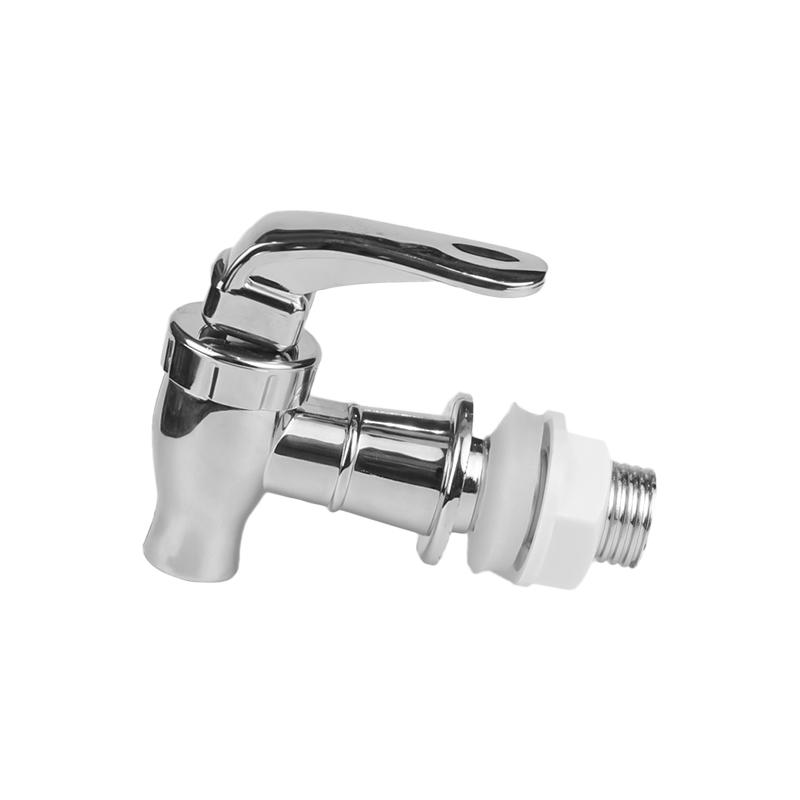1. The surface is polished, with a silvery luster, beautiful and bright, smooth and delicate feel, not easy to rust, and always new for a long time; cast by advanced technology, it is corrosion-resistant, wear-resistant, acid-resistant, and alkali-resistant, with good physical properties.
2. The material does not contain lead, does not have any oozing substances, does not produce peculiar smell, and ensures the quality of the effluent is healthy and hygienic, and does not pollute the water quality. At the same time, stainless steel faucets do not require electroplating in production, which greatly reduces the harm to the environment, and there is no need to worry about the electroplating layer falling off, and the polishing treatment of its surface has relatively little environmental pollution.
3. Durable in use. After practical tests, its life span can reach up to a hundred years. During this period, there is almost no need for special maintenance treatment, which solves the cumbersome replacement and maintenance of faucets in the past. It is economical, environmentally friendly, and easy to clean.

Disadvantages of stainless steel faucets
1. The production process is complicated, the technical level is high, and the various processes are not sophisticated. There are not many domestic manufacturers with a certain scale, and the subsequent prices are relatively high.
2. Lead-free does not mean complete health. Stainless steel contains chromium, nickel and other elements. Chromium is toxic and will damage DNA, liver, kidneys, etc. in the body. It is carcinogenic and can cause gene mutations. In addition, when the water is sterilized by chlorine, it will assimilate the internal isotopes and corrode the faucet.


 English
English русский
русский 日本語
日本語 عربى
عربى Español
Español










